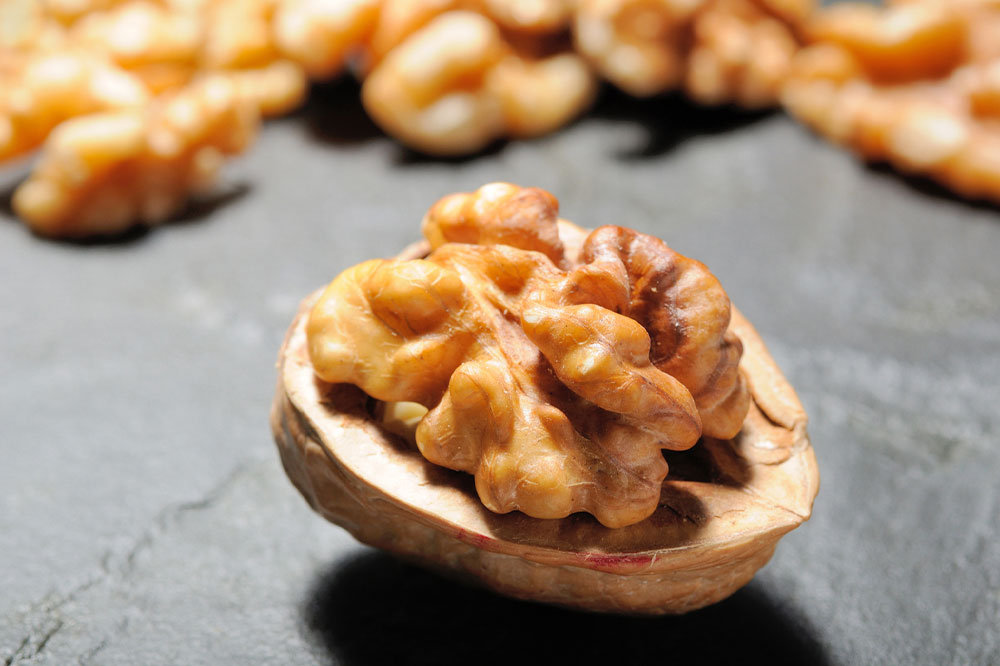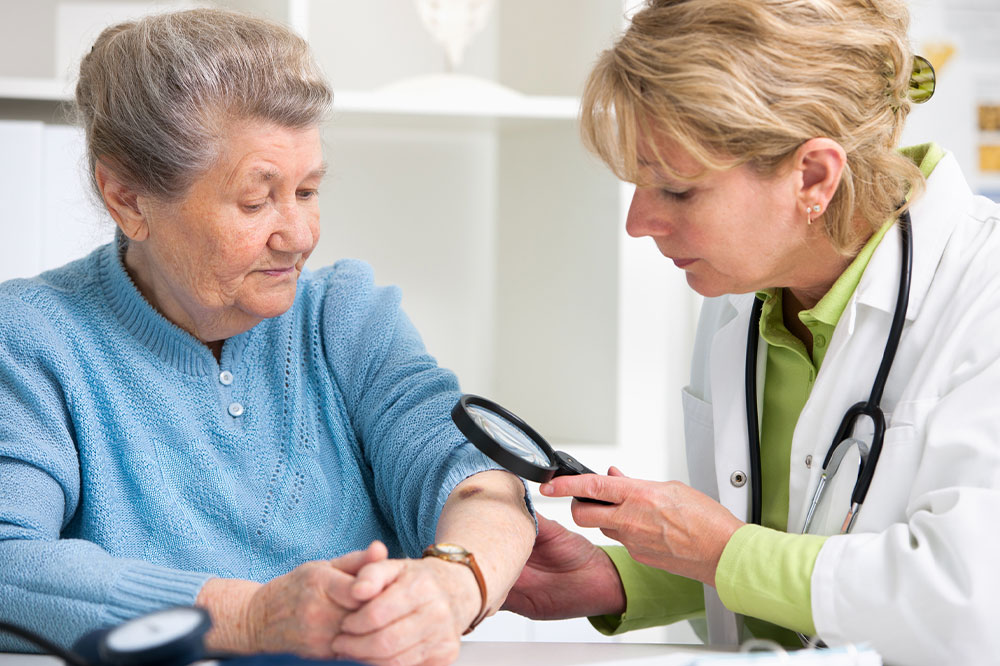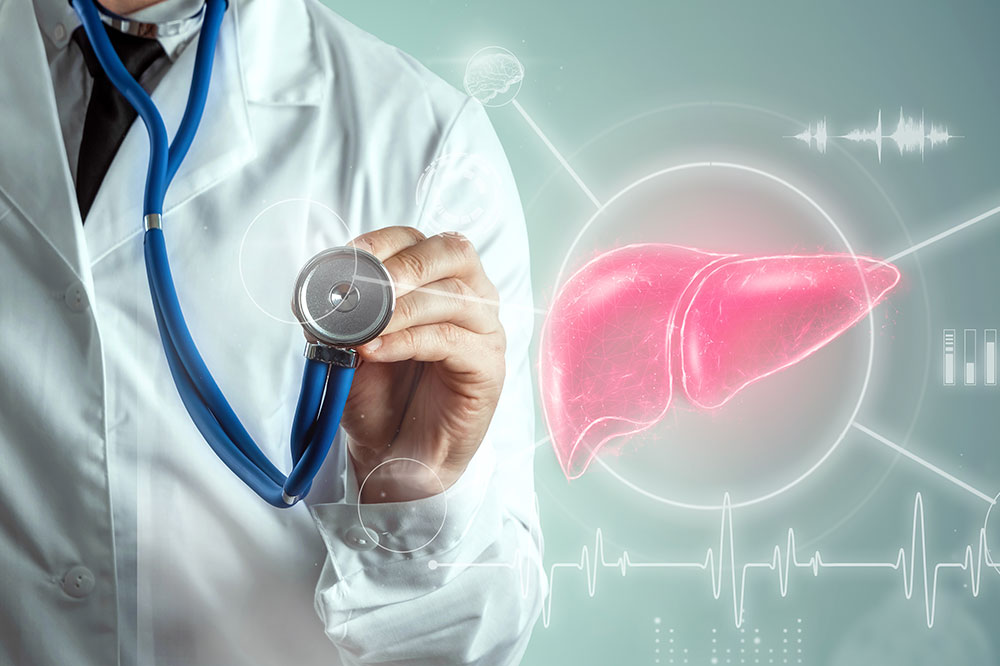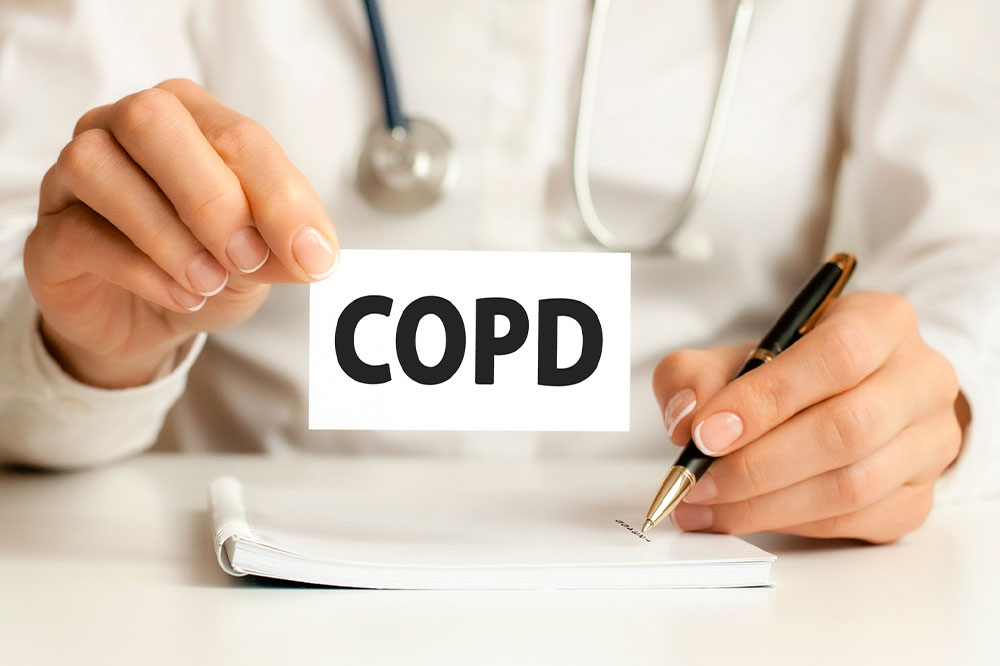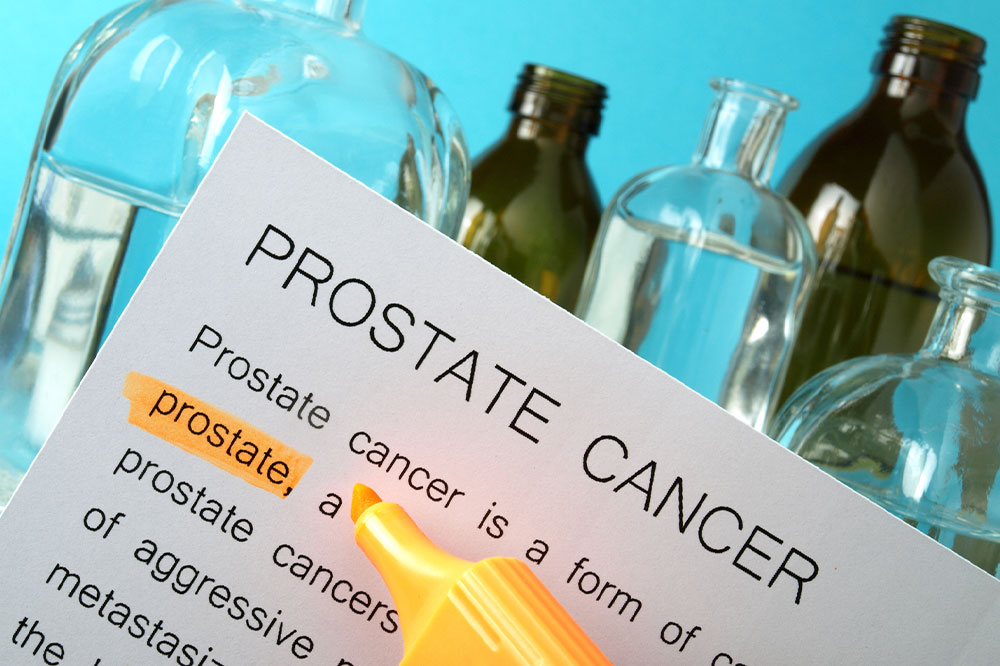Top Over the Counter Creams to Deal With Arthritis
52.5 million people are estimated to be impacted by arthritis. It is a condition that leaves patients dealing with chronic and debilitating pain. There are different types of over-the-counter products and remedies available that can be used to manage the symptoms. However, seeking proper treatment is paramount to ensure the condition does not affect the patient’s quality of life. Various treatment options, over-the-counter creams, and home remedies can be used to manage these symptoms and complications. Exercise Studies suggest that consistently clocking in some form of physical activity helps manage arthritis symptoms. Indulging in activities that do not put sudden and intense pressure on one’s joints helps reduce pain and discomfort. Strength training, walking, swimming, and other similar activities are highly recommended. It is also advisable to seek consultation from a physical therapist to learn exercises and movements that could decrease the pain and increase the range of motion of the affected joints. Hot and cold therapy If one is looking for an easy remedy to employ on their own, hot and cold therapy can help with arthritis pain. The process starts with employing hot therapy by using hot compresses over the affected areas. If compresses are not preferable, one could use hot baths and showers to get similar benefits.
Read More 
